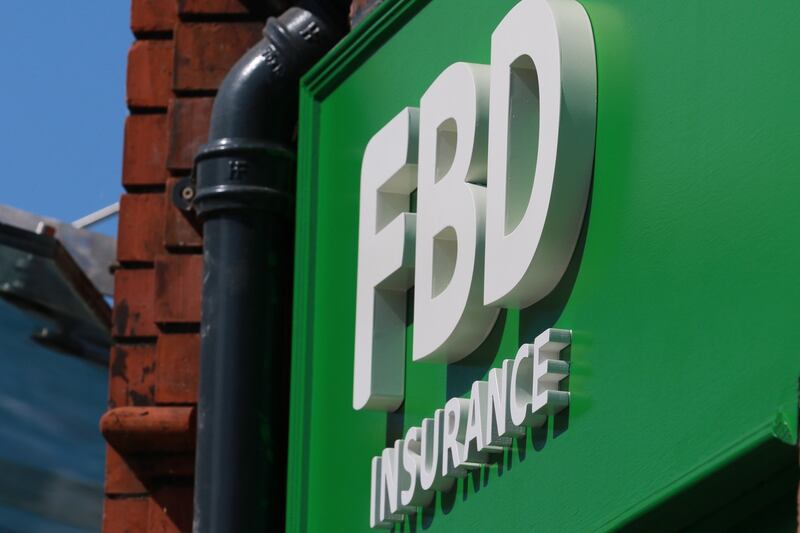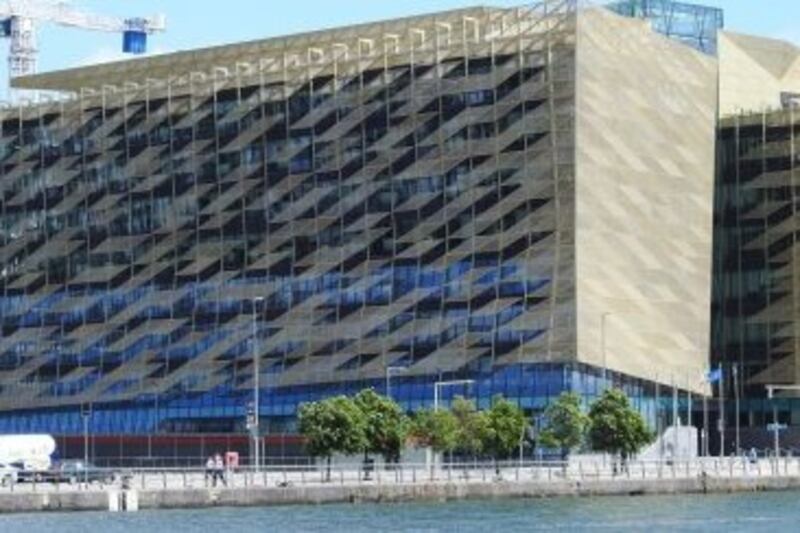It's always darkest before the dawn, and there's no doubt that the Covid lockdown pushed many Irish SMEs into a dark place, facing terrible financial pressure. Seventy per cent faced declines in revenue, according to the CSO, with a median fall of 25 per cent – enough to push many businesses on thin profit margins into a loss.
With SMEs employing over one million people in Ireland, the knock-on impact on jobs, wages, and the mental health of SME owners and their hard-working teams, has been immense.
Thankfully there are welcome signs dawn is coming and that confidence and sales are returning. The Linked Finance SME confidence index, published recently, showed confidence in the second quarter of the year surging compared to 12 months ago.
Perhaps even more importantly, the future outlook is also strong, with 76 per cent of SMEs expecting trading activity next quarter to be the same or better than it is currently.
These trends are consistent with a range of other barometers. A Small Firms Association survey of members, published in June, showed improving sentiment and forecasts for economic growth this year are being upgraded across the board, most recently by Davy which earlier this month increased its view on GDP growth for 2021 to 15 per cent.
If you look more carefully though, this recovery isn’t being evenly felt across the economy. It has been the multinational sector that is expanding most rapidly. The recovery in the domestic economy is much more gradual, with Davy pointing out that output for indigenous Irish companies is still 6.4 per cent below pre-pandemic levels.
Our research supports this point, with confidence levels and performance for SMEs that has exposure to export markets ahead of those reliant solely on the domestic economy.
It is also noticeable that the recovery is lagging for microenterprises – businesses employing between one and three people (perhaps a hairdresser or small cafe) – where the impact of Covid hit hardest and a return to normality has been slower to come.
There’s a risk sometimes that, as we celebrate the welcome contribution of the foreign direct investment sector and the massive importance of the Googles/Facebooks/Amazons, we forget to pay enough attention to the contribution of SMEs. More than two-thirds of people in Ireland working in the private sector are employed by an SME, with these businesses making a contribution in each of our 26 counties and across every sector of the economy.
Worrying sign
Fast and efficient access to lending is vital for SMEs, who are looking to restock and reopen as the pandemic restrictions come to an end. It's surely a worrying sign that, according to the Central Bank of Ireland, gross lending to SMEs in the early part of this year by the traditional banking sector was down 24 per cent in 2020.
To avoid the risk of starving SMEs of affordable finance, the Government very sensibly introduced the Covid-19 credit guarantee scheme for which we were the first non-bank lender approved.
Now more than ever businesses need to be careful to maintain competitiveness
As we have moved through the year, the pace and demand for credit from our customers has been growing, with July marking a record high and the level of lending far ahead of the dark days of 2020, noticeably in sectors such as retail (+39 per cent), construction (+62 per cent), transport and logistics (+67 per cent).
Even more important for SMEs than the credit guarantee scheme have been the income supports made available through the employment wage subsidy scheme (EWSS) and the pandemic unemployment payment (PUP) scheme. The Government is rightly subject to rigorous challenge and debate over the way it has handled Covid, but it was interesting to find that more than two-thirds of SMEs in our recent survey said they were either “satisfied” or “very satisfied” with the Government support provided, and just 12 per cent indicating any dissatisfaction.
Perhaps it’s no surprise that this 12 per cent have been receiving a much bigger share of voice on the airwaves but, in the main, the Government answered the call when the difficult questions were asked.
‘Mini boom’
We now hear talk of a “mini boom” emerging post-Covid, and the Government faces the invidious challenge of deciding the pace at which it will wind down the emergency measures. Move too fast and they risk snuffing out the emerging business confidence; move too slow and the massive bill that we as a nation will have to repay will become an excessive burden.
We’ve noticed SMEs talking about growing price inflation as their businesses recover, with 23 per cent of companies expecting to charge higher prices in future, up from 6 per cent a year ago. This is another signal of the mini boom some are talking about, and reflected in the recent inflation numbers from the CSO showing prices in August rising at the highest rate in 10 years.
Now more than ever businesses need to be careful to maintain competitiveness. Companies that risk trying to catch up for lost sales with a near term hike in prices could easily find consumers’ patience wearing thin.
Overall, there’s much to be glad about, and the bounce back we are seeing is a sign of an SME sector whose resilience is to be applauded. Let’s hope that when the stabilisers of Government support are fully withdrawn, and the initial wave of consumer spending post-pandemic normalises, that a more durable and long-term recovery is maintained.
Niall O’Grady is chief executive of Linked Finance












